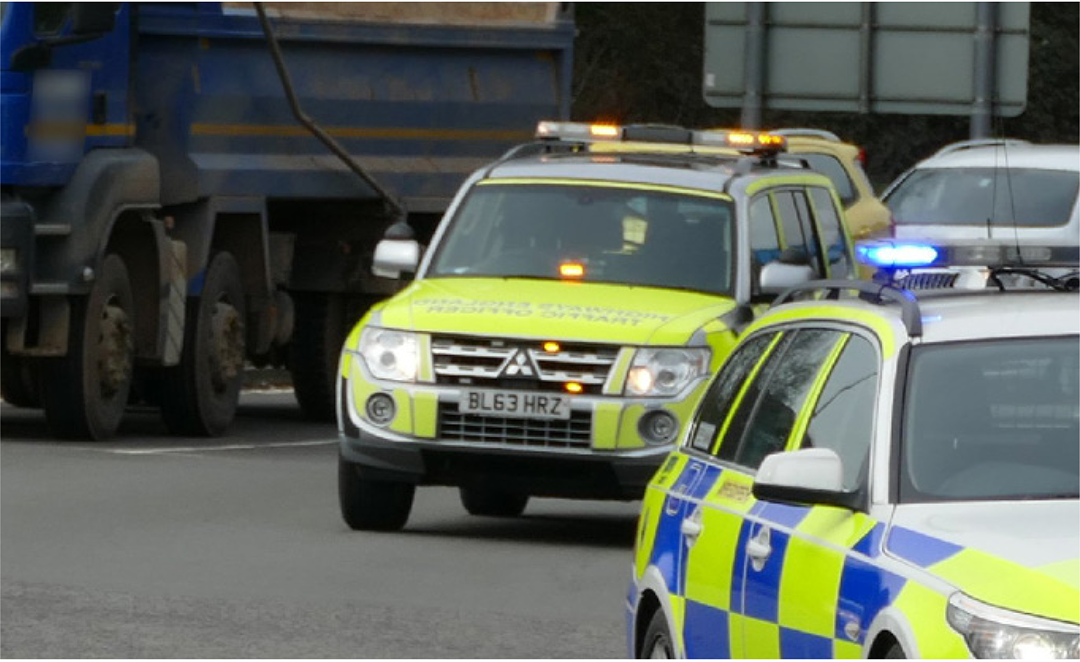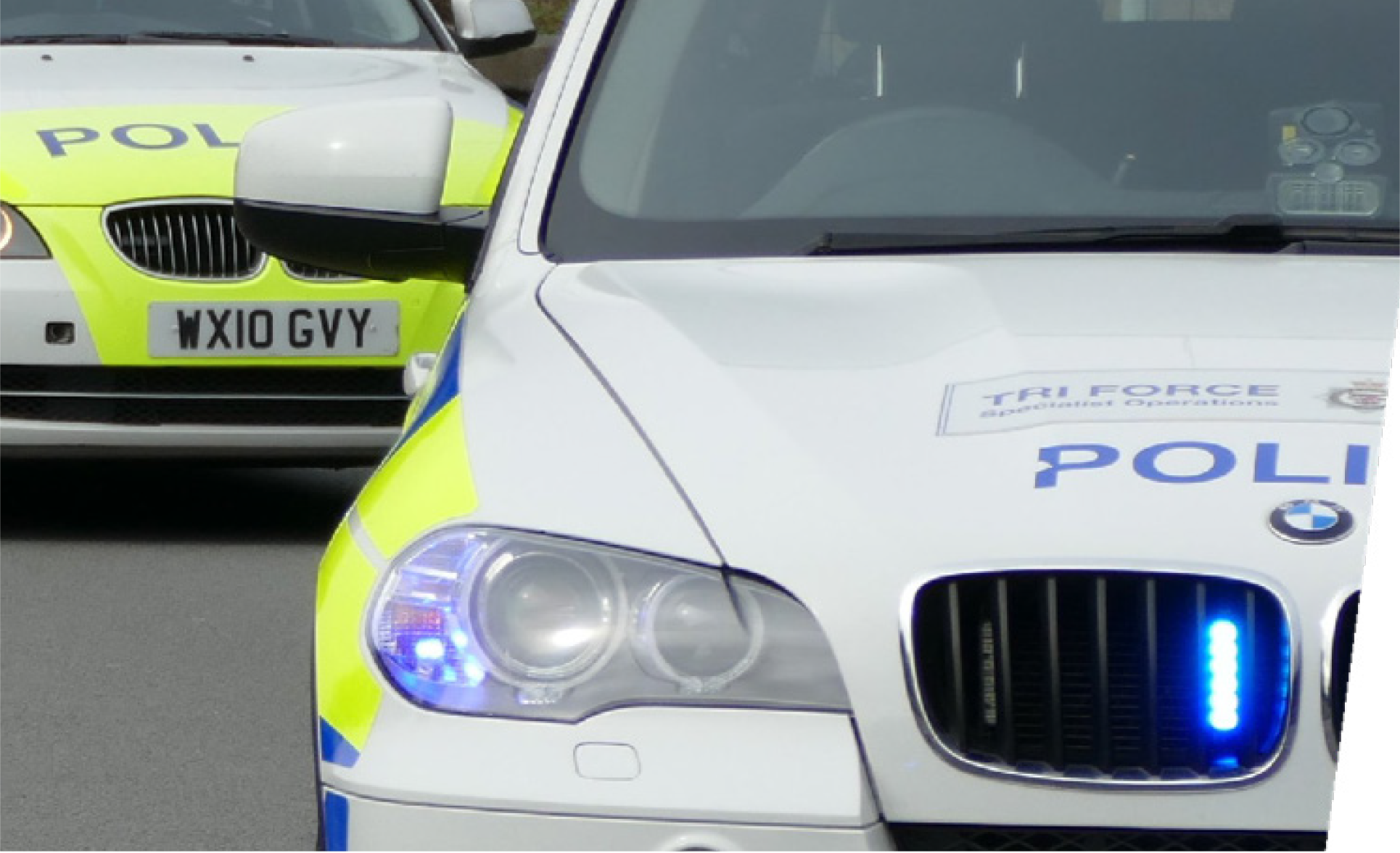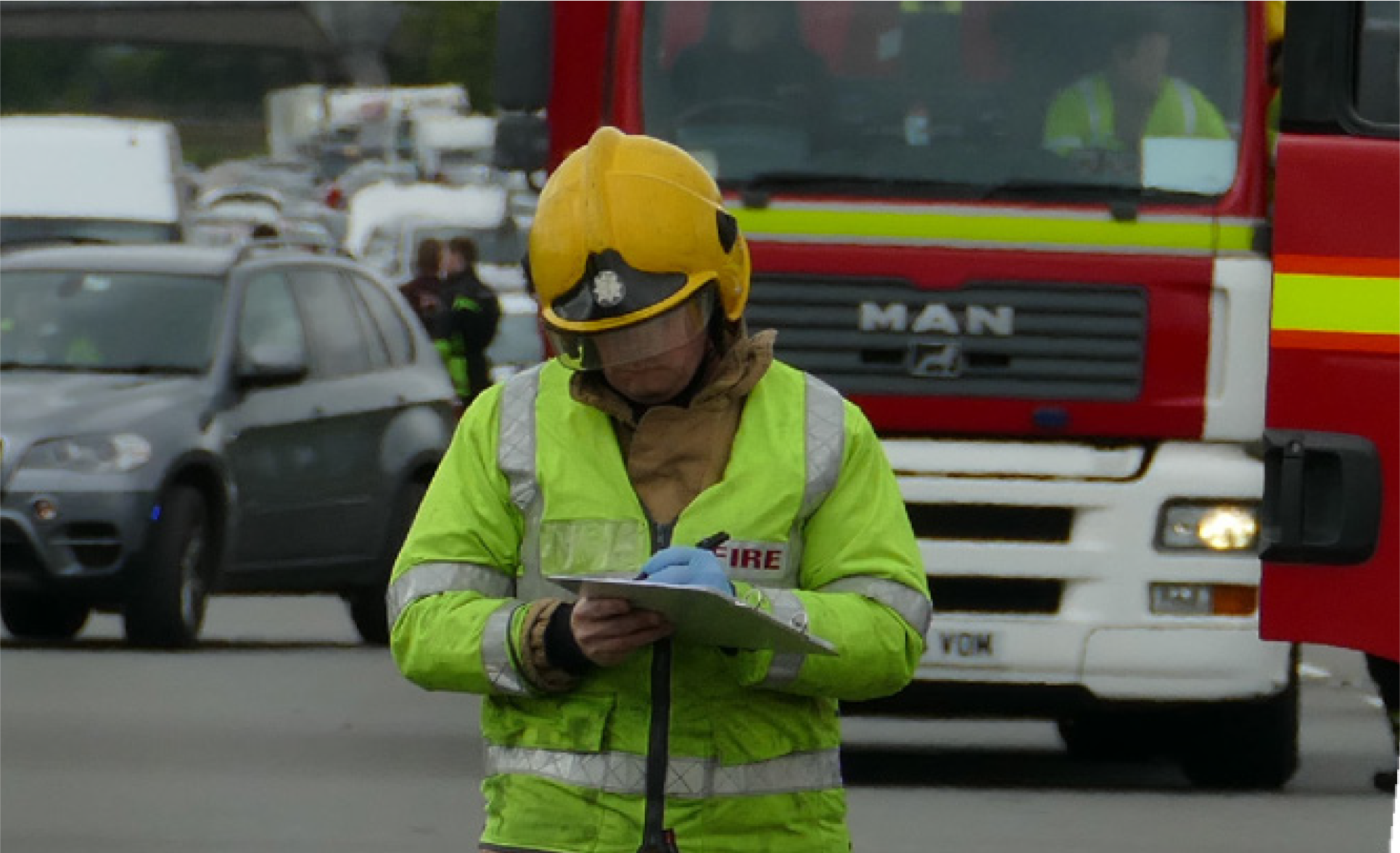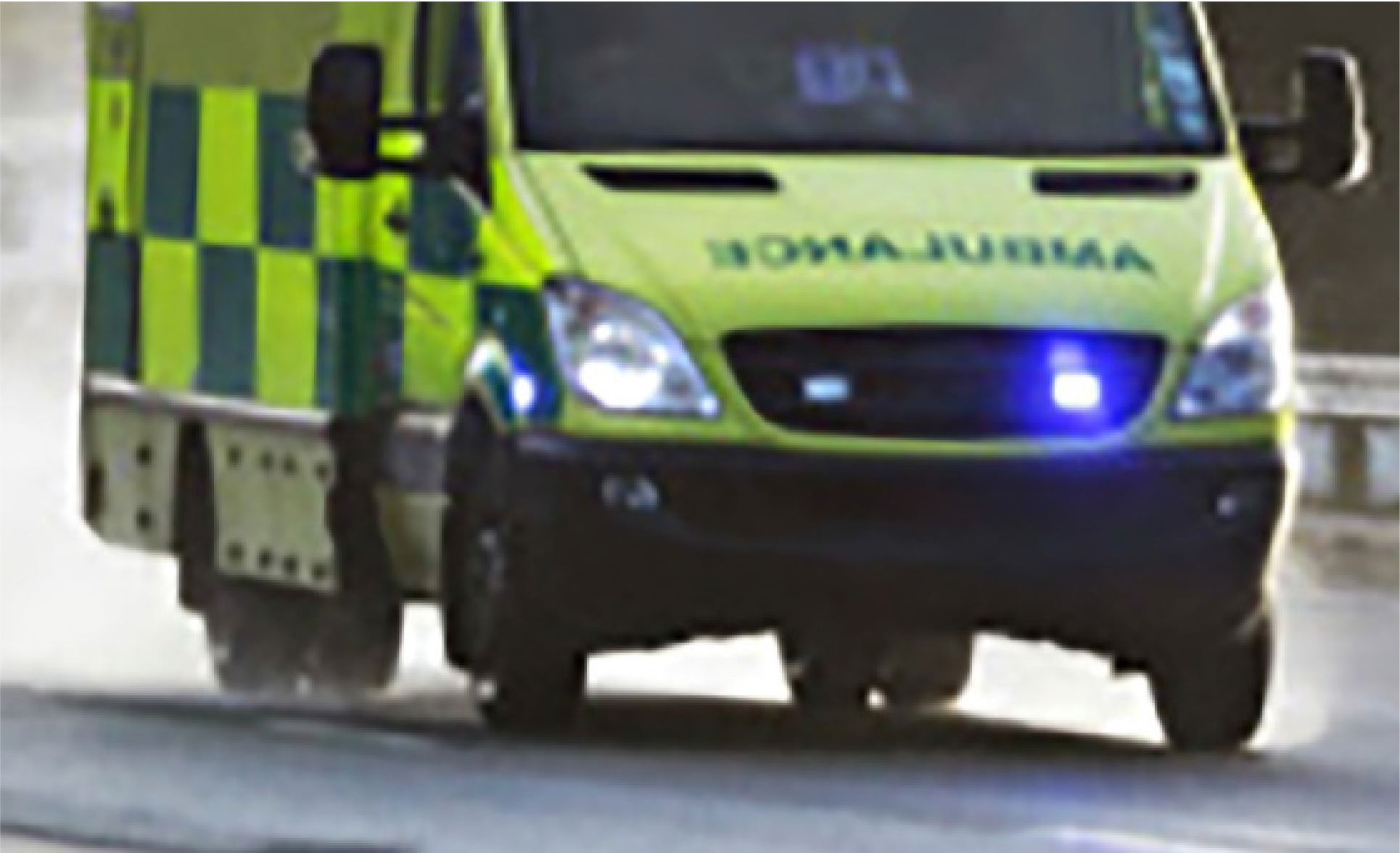Highways England traffic management

Role
Highways England leads the resolution of incidents on the strategic road network to keep traffic moving by:- Keeping road users moving safely through helpful, accurate and timely information
- Providing appropriate traffic management
- Efficiently restoring the strategic road network capacity through incident management
Responsibilities
- Working with partners to restore safe use of the carriageway as soon as possible
- Traffic management at the inner cordon (the scene)
- Traffic management at the outer cordon including the approach to the incident and wider national/ regional intervention across the strategic road network
- The implementation of diversion routes (in collaboration with Highways England maintenance contractors and local highways authorities)
- Co-ordinating the emergency response with the other core responders and supporting the lead agency
- Scene clearance following collaboration with emergency services if present
- Assessing, planning and implementing the restoration of:
- The carriageway for safe use
- Infrastructure at the scene including declaration of the asset as being of a standard safe for use.
Police

Role
The Police will lead the response within resolution of incidents on the strategic road network which involve:- Death or injury including collisions and suicides
- Suspected, alleged or anticipated criminality
- Threats to public order and public safety
- Occurrences where the powers in law or skills of a constable are required
Responsibilities
- Working with other agencies including Highways England to create a safe and sterile rescue and work environment
- Preserving the life of those present
- Preventing escalation
- Co-ordinating the emergency response with the other core responders and supporting agencies
- Securing, protecting and preserving the scene, maintaining control and ensuring the integrity of the scene for any subsequent investigation where necessary
- Acting on behalf of HM Coroner
- Investigating the incident in a timely fashion – this includes obtaining and securing evidence in conjunction with other investigatory bodies (where applicable)
- Handing over the scene or sections of the overall scene to Highways England as soon as practicable
- Working with partners to restore safe use of the carriageway as soon as possible
- Being mindful at all times of the economic pressures surrounding protracted road closures
Fire and Rescue

Role
The Fire Services support incident resolution by:- Extinguishing fires and protecting life and property
- Rescuing people from a fire and its consequences including a range of other hazards and road traffic collisions
Responsibilities
- Save life through search and rescue
- Rescue people trapped in road traffic collisions and emergencies
- Extinguish fires and protect life and property in the event of fires
- Respond to, contain, mitigate effects and prevent further escalation of incidents involving hazardous materialsand loads including radioactive substances
- Assist with casualty handling
- Undertake body recovery if it is in a dangerous position, such as road traffic collisions which are only accessible by FRS equipment
- Ensure the health and safety of persons within the inner cordon
- Conduct mass de-contamination when required
Ambulance

Role
The Ambulance Services support incident resolution by:- Ensuring the initial health needs of those people who become ill or injured whilst travelling on the network are met
- Initiating and seamlessly delivering rapid assessment, response and where required, treatment of those individuals involved.
Responsibilities
- Save life together with the other emergency services
- Accurately assess and triage calls received to incidents
- Protect the health, safety and welfare of ambulance staff as far as is reasonably practicable
- Provide triage, treatment, stabilisation and care of those injured at the scene
- Treat those involved as individuals and respond to their needs as such
- Arrange the most appropriate means of transporting those injured to the receiving and specialist hospitals (involving use of Helimed when required)
- Provide a focal point at the incident for all National Health Service (NHS) and other medical resources
- Where required, nominate and alert the receiving hospitals to receive those injured
- Act as a portal into the wider health services including specialist health advice when required
- Responsible for decontamination of casualties in a Hazmat or chemical, biological, radiological and nuclear incident